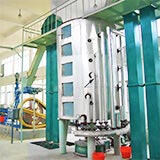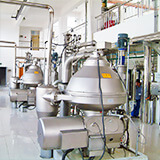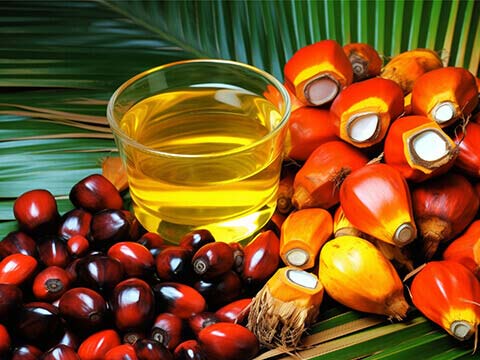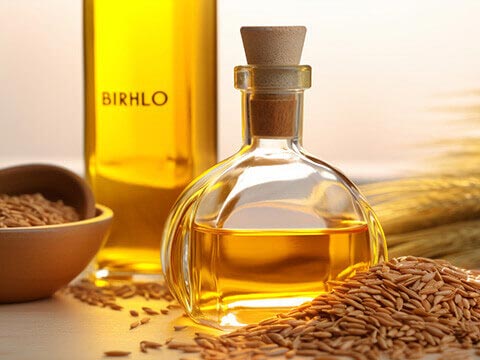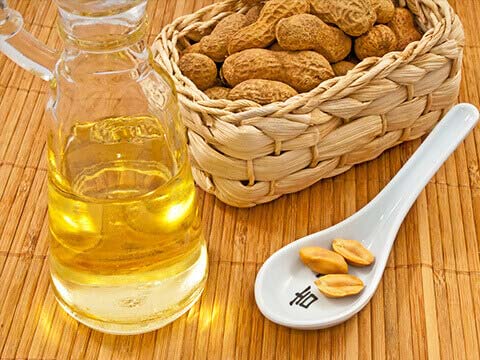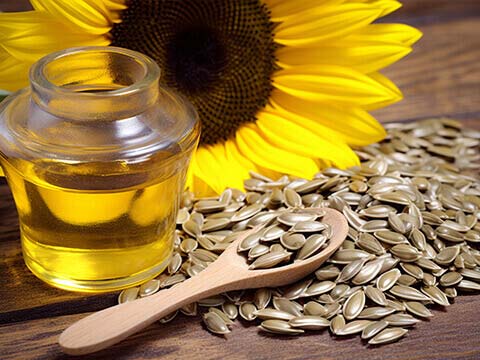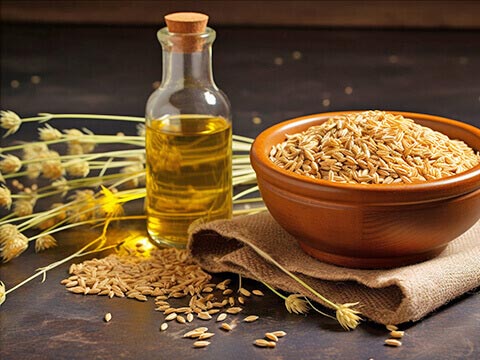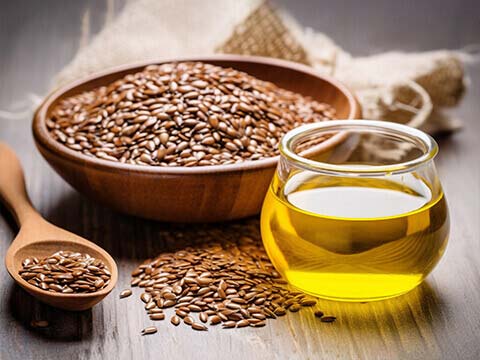Sunflower seed oil is a type of edible oil that is high in linoleic acid, rich in vitamin E, carotenoids, and nutrients such as magnesium, phosphorus, sodium, and calcium. It is characterized by its abundance of unsaturated fatty acids, particularly linoleic acid, an Omega-6 fatty acid that benefits the human body by helping maintain a healthy fatty acid balance and providing numerous health advantages.
With consumer demand growing for diversity and health-conscious edible oils, sunflower seed oil is considered a nutritious and healthy vegetable oil due to its rich content of polyunsaturated fatty acids. In recent years, it has gained popularity in the market as a highly regarded healthy cooking oil, supported by rapid economic development and improved living standards.

Refined sunflower seed oil comes in various types, such as pressed sunflower seed oil, extracted sunflower seed oil, high-oleic sunflower seed oil, and aromatic sunflower seed oil, offering consumers an increasing range of choices. Though the processing techniques are largely similar, oil production mainly relies on pressing and extraction methods:
Pressing Method:
A traditional oil extraction technique using mechanical force to squeeze oil out of seeds. Based on production temperatures, it is divided into:
Hot Pressing:
Seeds are steamed and fried before pressing, resulting in a high temperature and pressure process. This produces oil with good flavor and texture, making it suitable for aromatic sunflower seed oil or flavor oils produced by small-scale factories.
Cold Pressing:
Conducted at temperatures below 60°C without high-temperature treatment, this method is simple and requires fewer types of equipment. The pressed oil has fewer impurities and minimal nutrient loss, meeting the standards for high-quality nutritional oils.
Extraction Method:
An imported process involving the use of solvents to extract oil from seeds. This method allows residual oil in seed cakes to be controlled to below 1%. The obtained oil may contain traces of solvents and impurities, requiring refining to reduce solvent content and remove impurities, achieving health standards.

The three production methods for edible oils are ranked in quality as cold-pressed, hot-pressed, and extracted oils. Cold-pressed oil retains more nutrients, contains fewer impurities, and is considered high-quality. Hot-pressed oil loses some nutrients during production and results in a darker color, but it is extracted physically without chemical additives, making it relatively healthy. Extracted oil uses solvents for extraction and must be refined before it is suitable for consumption.

